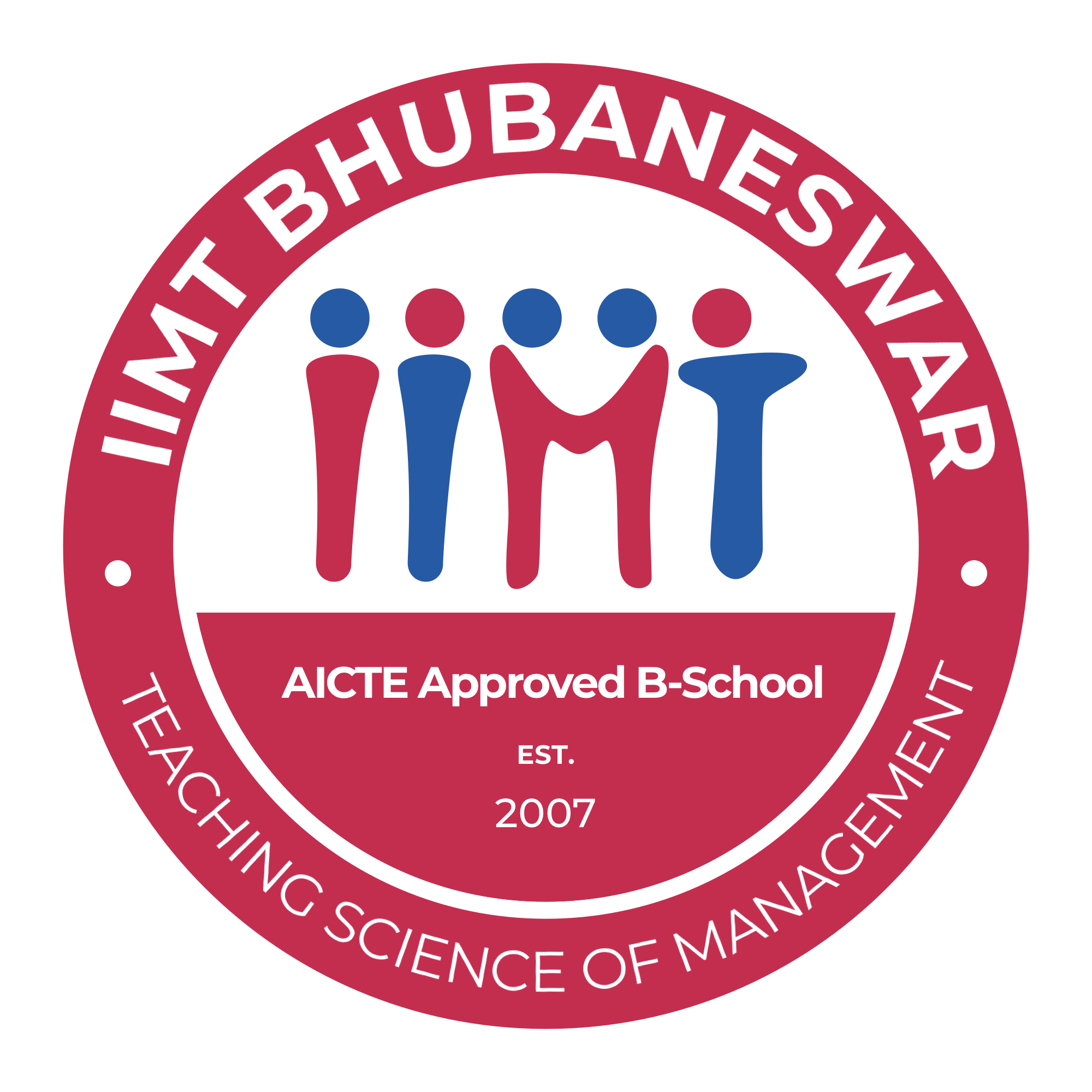International Journal of Electronics and Electrical Engineering IJEEE
ISSN: 2231-5284
IJEEE
EFFECT OF BALL MILLING ON PEAK CURRENT AND EQUIVALENT SERIES RESISTANCE OF METAL OXIDE BASED ELECTROCHEMICAL DOUBLE LAYER CAPACITOR
ATUL KUMAR SINGH
Electronics and Telecommunication Army Institute of Technology, Pune, India
ANKIT DHIMAN
Electronics and Telecommunication Army Institute of Technology, Pune, India
ANAM KAMAL
Electronics and Telecommunication Army Institute of Technology, Pune, India
Abstract
Recently, advances have been made in improving both energy and power density of energy storing devices. Electrochemical Double Layer capacitor (EDLC) is one of the technologies that we are looking forward to fulfill the low power- low energy applications such as memory back up. ELDC is mainly a pulse power device even though it is seen as a replacement to battery in low power applications. At present EDLC technology is under development stage. Power density, energy density, specific capacitance, internal resistances are required to be improved. Electrochemistry plays a crucial role in the storage as well as in the generation of energy. Hence, the particles size and distribution are need to be optimized. Ball milling is the tool for optimizing the size of the components used to make the EDLCs. Ball milling has significant effect on the various parameters of the EDLC. It was found that as we increase the time of ball milling the Equivalent Series Resistance (ESR) decreases and the peak current increases. But he changes are significant for higher time of ball milling.
Recommended Citation
[1] Electrochemical Double Layer Capacitor- Available on http://www.nesscap.com/product/edlc_small.jsp, Site of NESSCAP ultracapacitor.
[2] WIMA EDLCs- Available on http://www.wima.com/EN/products_pcm7_5_metall.htm, Site of WIMA capacitors.
[3] R.L.Spyker, R.M. Nelms, “Analysis of Double layer capacitors supplying constant power loads”, IEEE transactions on Aerospace and electronic systems, Vol36, No-4, October 2000, Pg 1439-1443.
[4] T. Brousse, P. Taberna, O. Crosnier, R. Dugas, P. Guillemet, Y. Scudeller, Y. Zhou, ”Long-term cycling behavior of asymmetrical activated carbon/ MnO2 aqueous electrochemical EDLC,” Journal of Power Sources (2007)173, pp 633-641.
[5] Y Zhang, H Feng, X Wu, L Wang, A Zhang, T Xia, H Dong, X Li, L Zhang, “Progress of electrochemical capacitor electrode materials: A Review”, International Journal of Hydrogen Energy. 2009, pp 4889-4899.
[6] P B Karandikar, Akshay Dekate, Atul Kumar Singh etc. Al., Indian patents , 2858/MUM/2010, Filed on 2010-10- 14, Publication date 2011-01-07, 843/MUM/2011, Filed on 2011-03-23,
[7] Chemistry World: New carbon material boosts EDLCs. Rsc.org. 13 May 2011. Retrieved on 13 September 2011.
[8] P B Karandikar, D B Talange, Uday Mhaskar, Ramesh Bansal, “Development, characterization and modeling of aqueous metal oxide based EDLC”, Energy, Elsevier, vol 40, April 2012, pg 131-138.
[9] P B Karandikar, D B Talange, “ Future trends in Electrochemical Capacitors”, vol 52 No 7, July 2012, pg 100-103.
[10] http://www.waterstones.com/waterstonesweb/products/j- +m-+miller/ultracapacitor+applications/7092877/: Book by Dr. J.M Miller on Ultracapacitor Application(Published on 7/7/2011).


